Cultural connection: Mono Japan celebrates Eastern craft in Amsterdam
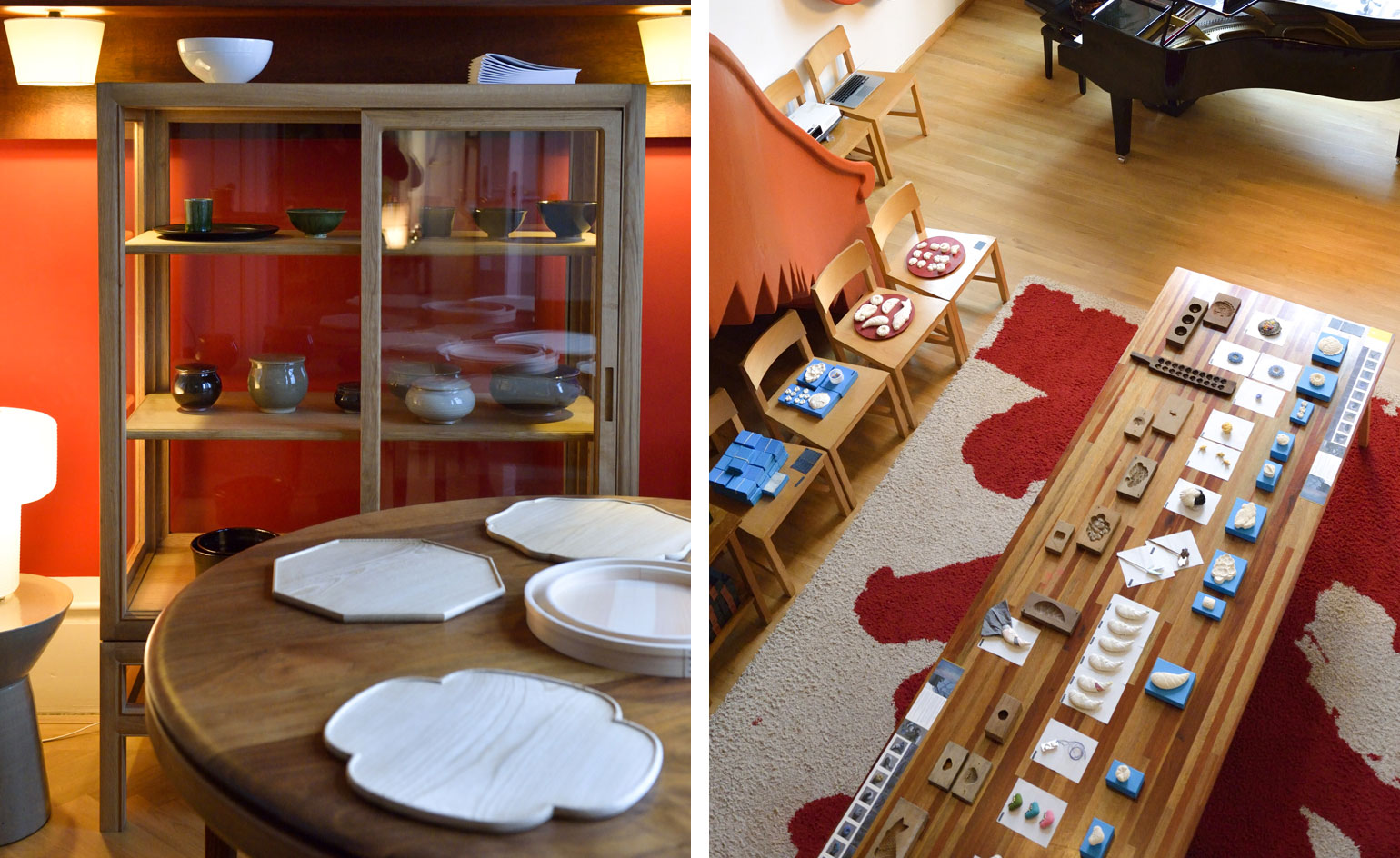
Last week, we discovered how special the design marriage between The Netherlands and Japan truly is. Taking place at Amsterdam's eclectic Lloyd Hotel – a location that is as Dutch and design as you can get – was the inaugural Mono Japan fair.
'I have never seen so many Japanese people together in one place in Amsterdam before,' one attendee exclaimed. A world away from lifeless exhibition halls, the fair was totally unique; we found true Japanese craft peeking its way out of bathtubs, propped up on beds and settled on sinks.
The Lloyd was a backdrop with true personality. Owner Suzanne Oxenaar would prefer not to call it a design hotel, having refurbished many of the pieces that existed in its previous life as an immigrant hotel. These included the up-cycled white wooden chairs in their restaurant; vintage works that have been given leather seats, or had their spines removed. Despite this, the hotel still houses striking products by a plethora of designers – including Studio Job, Scholten & Baijings and Joep van Lieshout – dotted around the narrow halls and boldly diverse rooms.
The fair showed many practices never displayed outside of Kyoto, Nagasaki or Tokyo before. Thus, the excitement about their craft was understandably heightened, though slightly lost in translation. The disciplines on show spanned design and fashion, to food and music, with interactive events such as kite making, knife sharpening and tea tasting taking place over all six floors of the Lloyd.
'Interest in Japanese handicraft in the Netherlands is remarkable' explains Japanese-born, Amsterdam-based Emiko Chujo, the fair's organiser. 'It stands in sharp contrast to the design scene here where progress, innovation, rationality and modern techniques such as 3D printing set the tone.’
An array of sculptural pieces stood out. Takarajima Senkou, who works from a plant dying factory, used natural Indian indigo to dye hanging stones for her ornamental mobile. Mixed with plated copper shapes, the organic stones are hollow for candles to be placed inside, changing the stone's hues while it moves. Over in the fifth floor loft space, Ryo Okamoto’s sculptures featured intriguing material uses. Inspired by the Japanese Edo period and Hawaiian lava, his fiery malachite form Believer was bathed in a celestial light.
Elsewhere, Tokyo-based Masayuki Kurokawa's refined cast iron tea pots stood strong next to shimmering gold plates inspired by Japanese painter Ogata Kōrin. Meanwhile, showing for the first time outside of Tokyo, sound system designers Taguchi Craftec Co presented ‘Little Bell’, speakers that create subtle sounds via a layered effect in the wood.
Brands with existing international attention also had a presence. Time & Style set their immaculate porcelain tableware and rustic furniture across two rooms; while the Netherlands-based Based on Roots showcased their playful florescent lunch boxes and charming coffee grinders by Takumi Shimamura.
'All of the participants of the fair will stay a full week in the hotel,’ Oxenaar explains. ‘That’s how you really get to know each other and learn each other's culture.’ It was certainly an enveloping experience; to be quite honest, we didn’t want to leave.
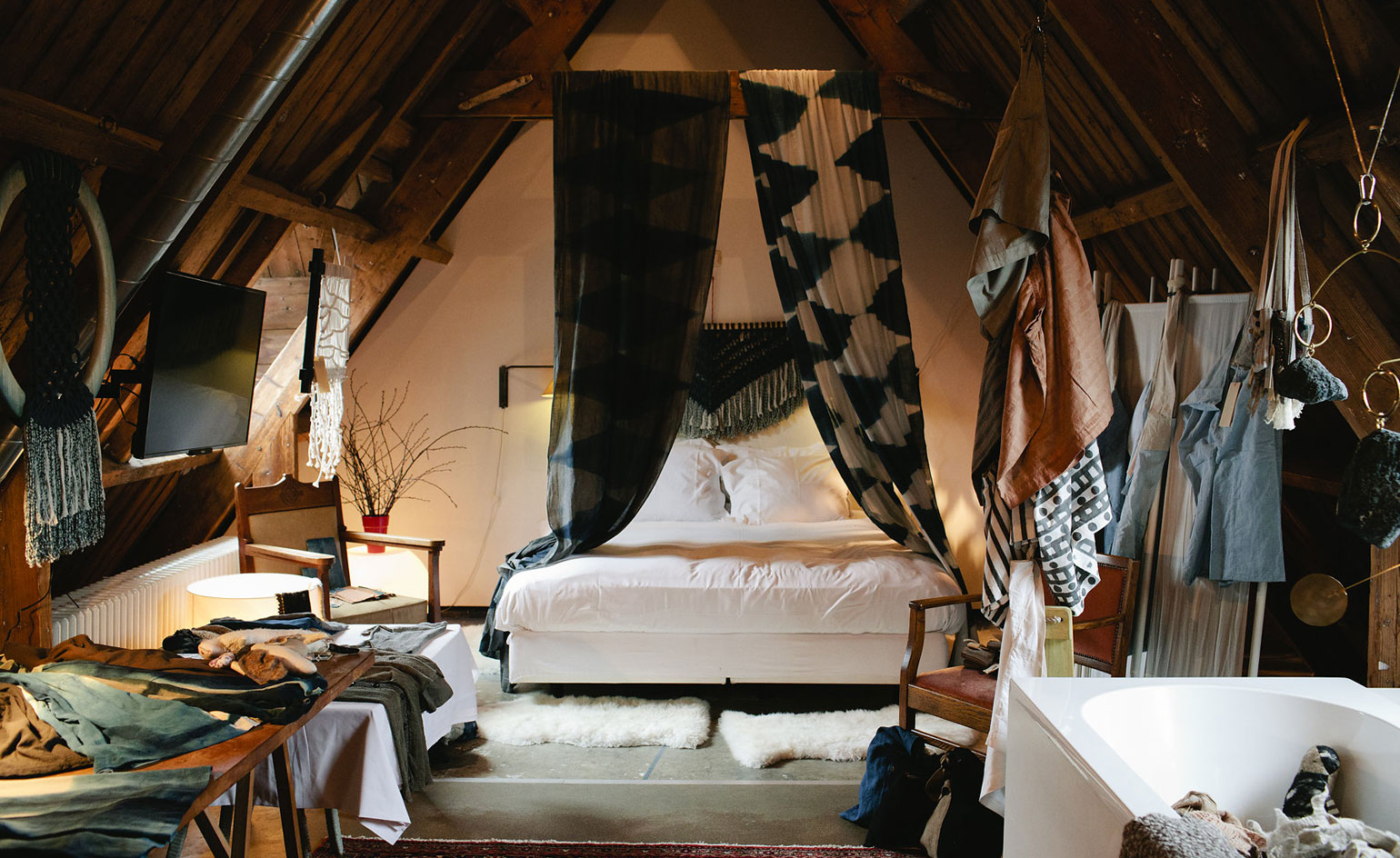
Takarajima Senkou's set up of products from her plant dying factory
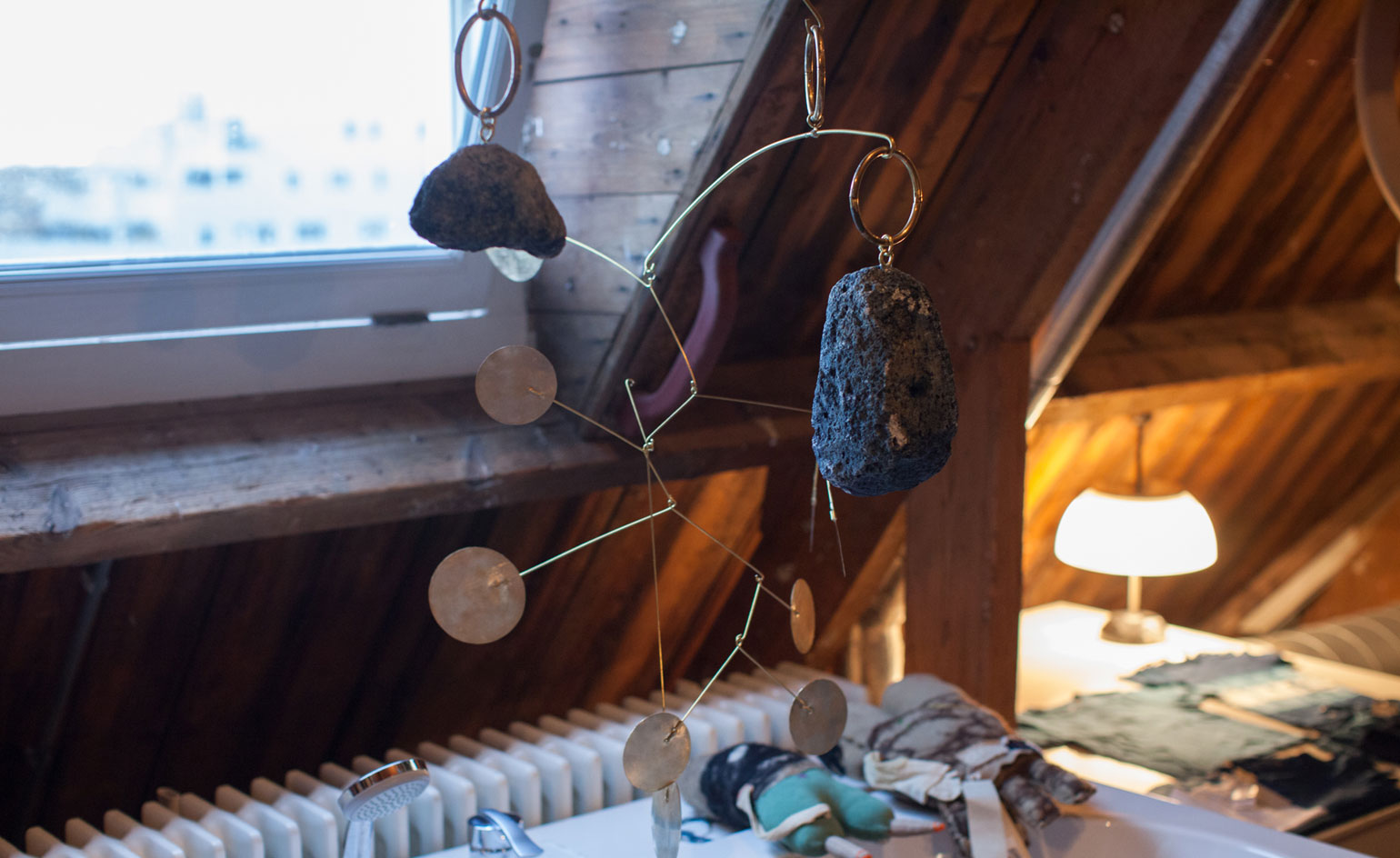
Senkou used natural Indian indigo to dye hanging stones in this ornamental mobile. Mixed with plated copper shapes, the organic stones are hollow so that candles can be placed inside, changing the stone's hues while it moves
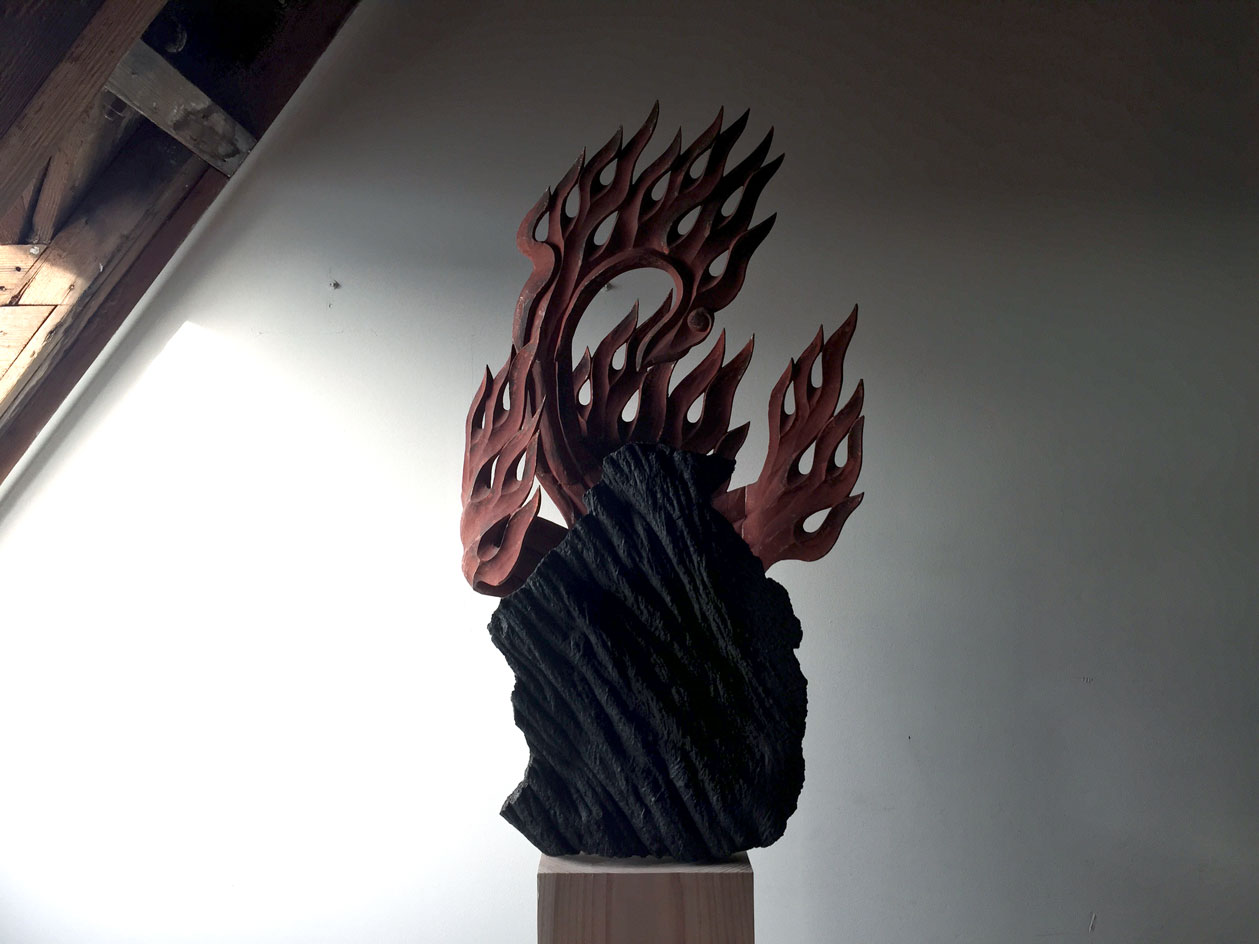
Believer, by Okamoto Ryo, is made of malachite and takes inspiration from Hawaiian lava flames and Japan's final traditional Edo period
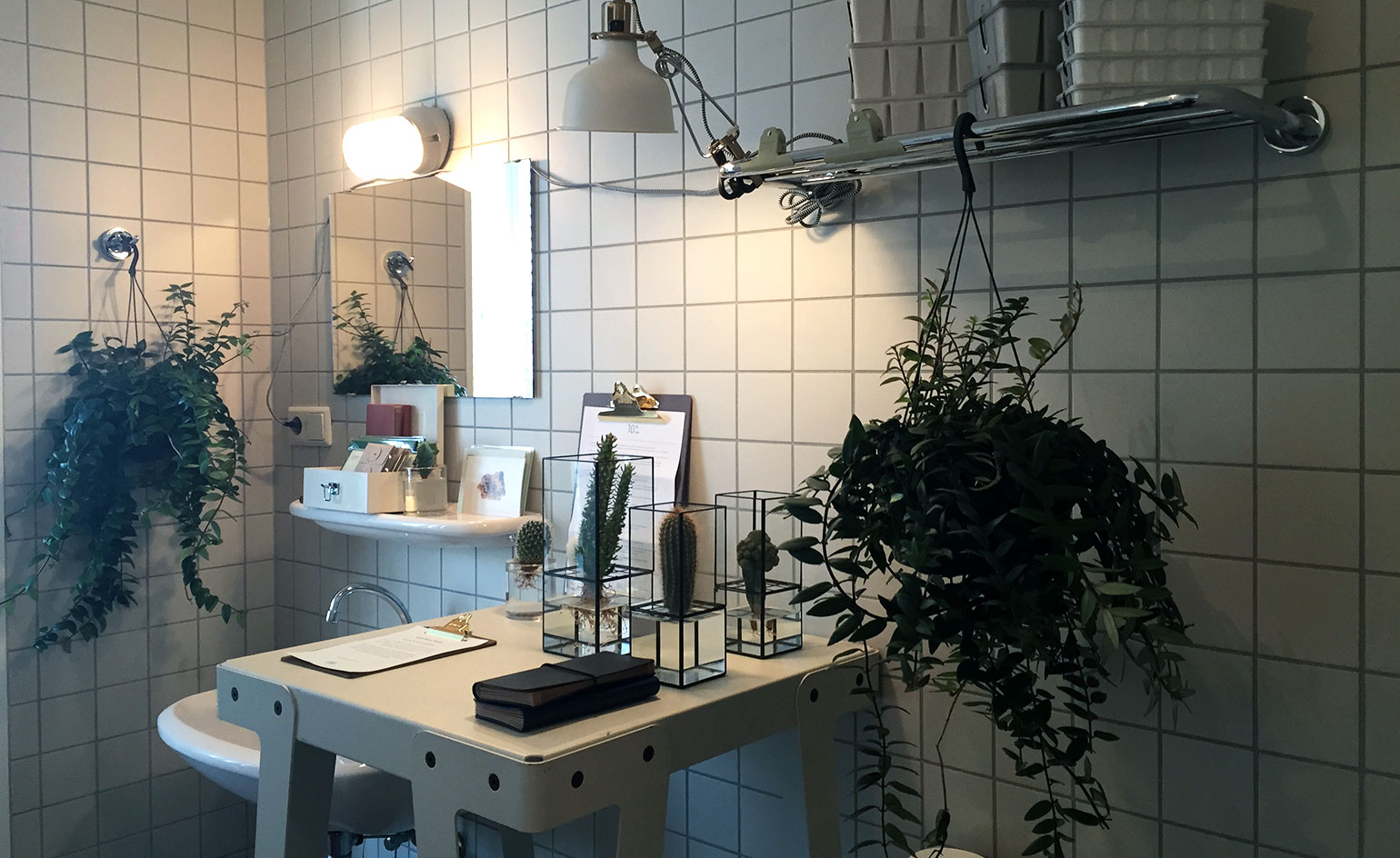
Misc Store designed a clinical set up for their graphic stationary and paper goods
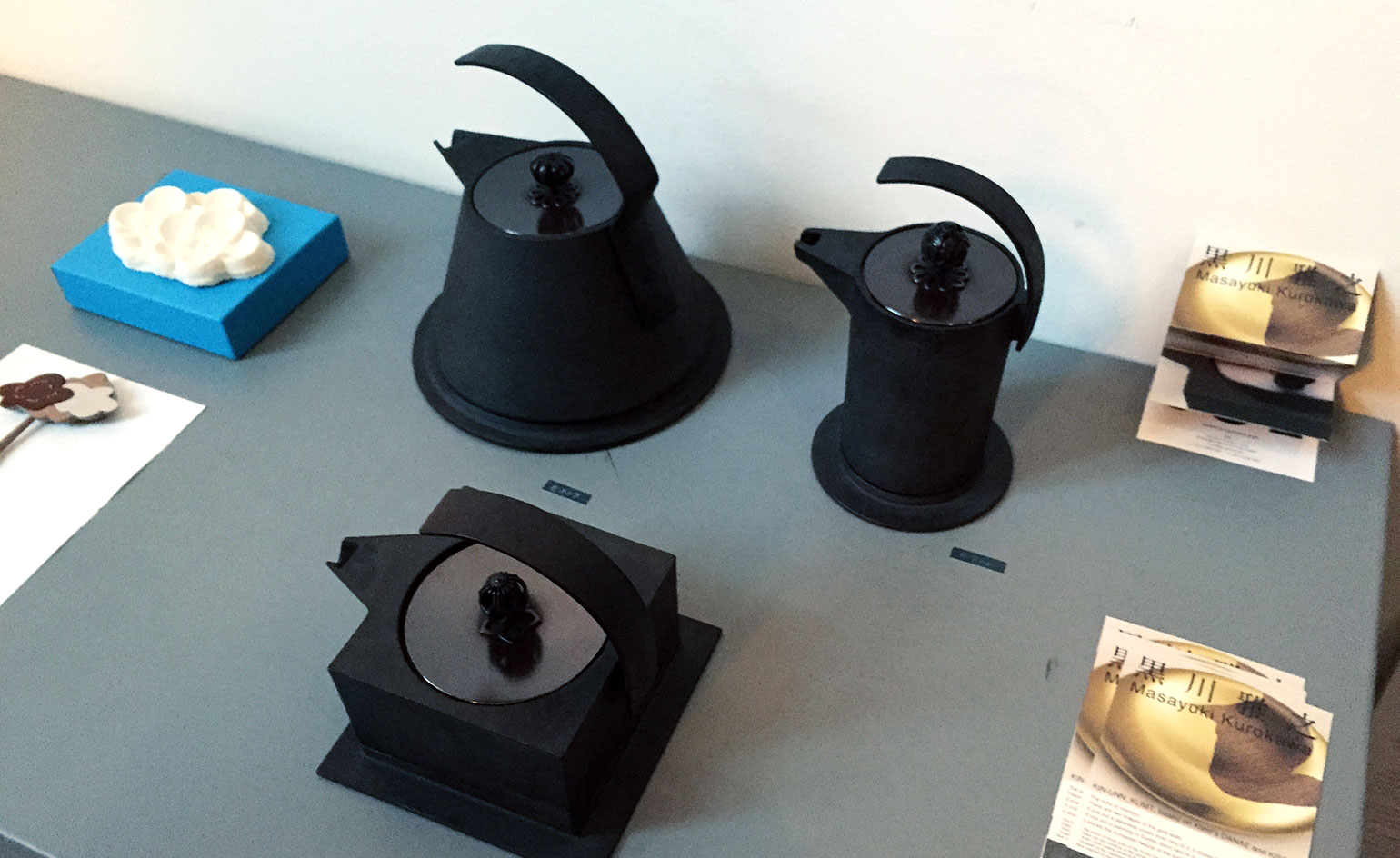
Crafted cast iron kettles by Tokyo-based Masayuki Kurokawa
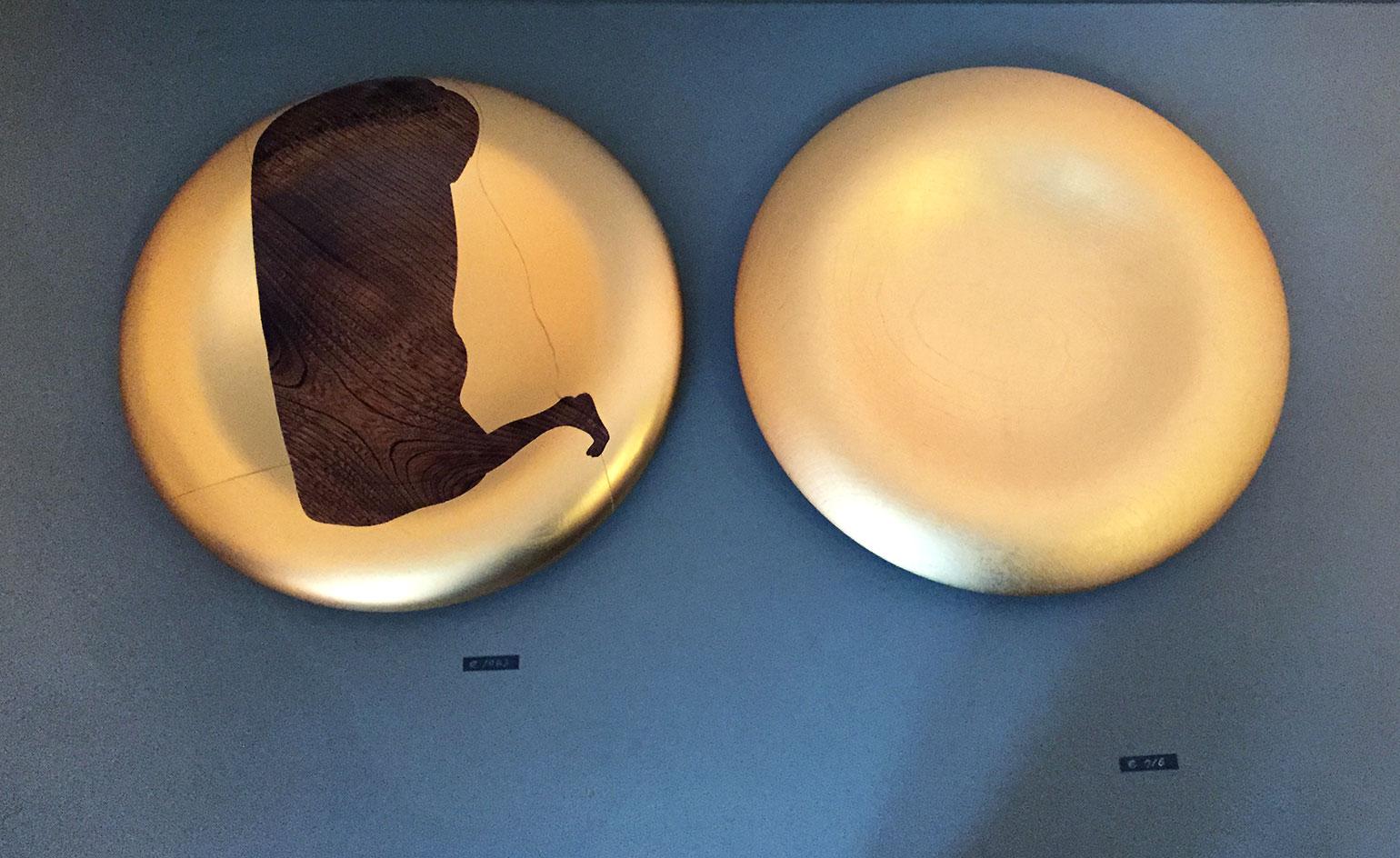
Kurokawa's plates were inspired by Japanese painter Ogata Kōrin
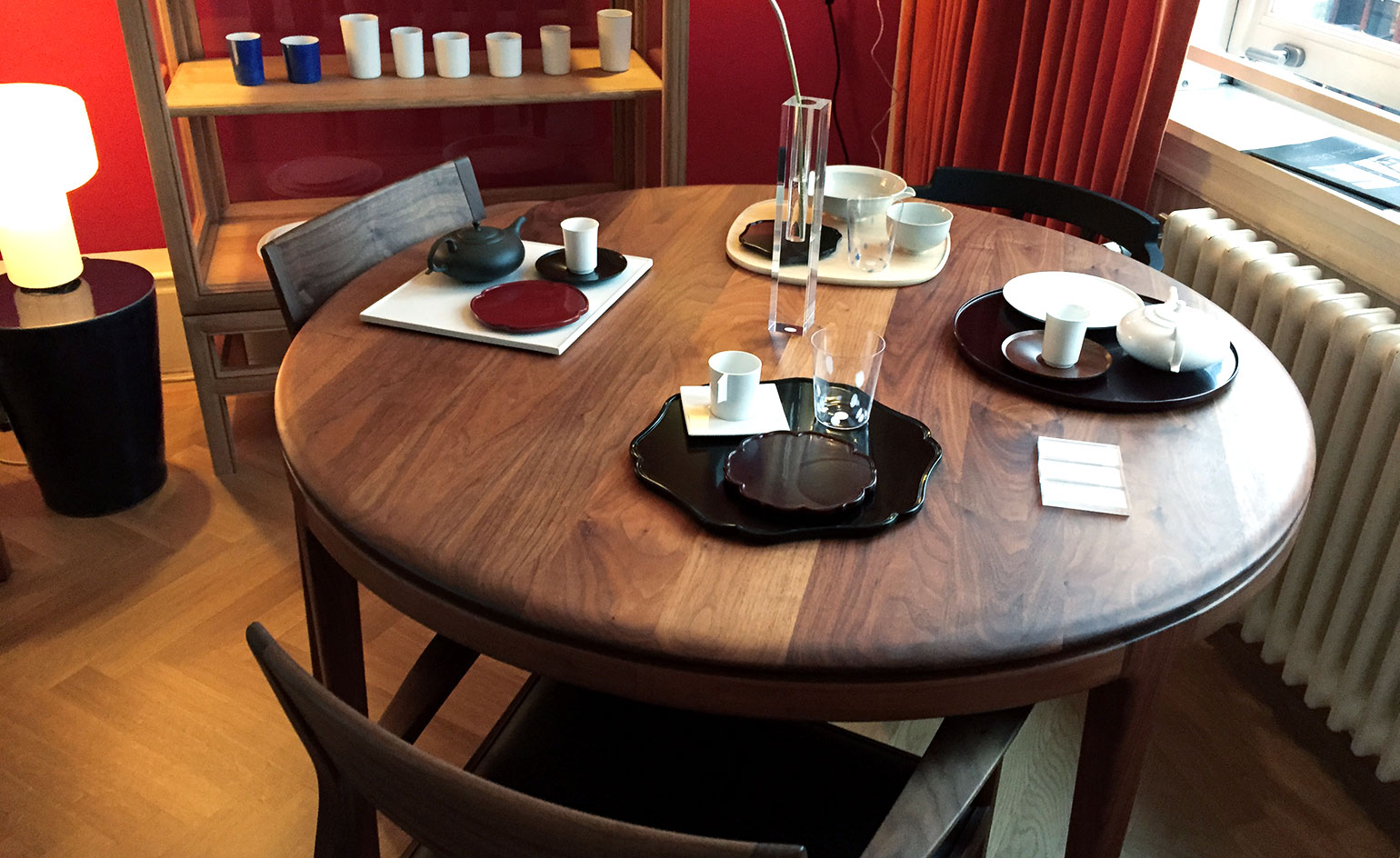
Brands with existing international attention also had a presence – Time & Style set up a living space in one of the Lloyd Hotel's drawing rooms
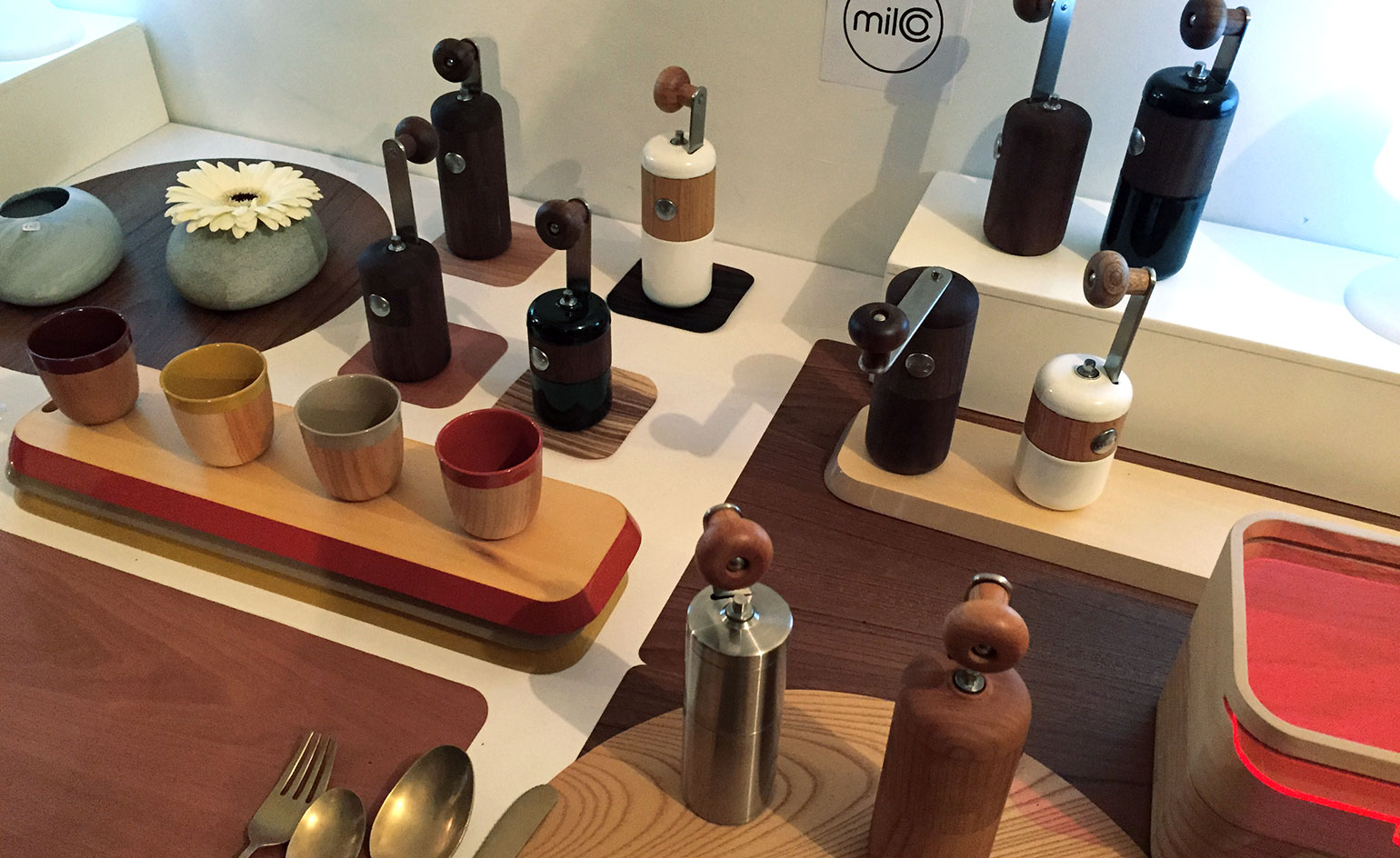
Artisanal coffee grinders by Takumi Shimamura, from the Netherlands-based retailer Based on Roots
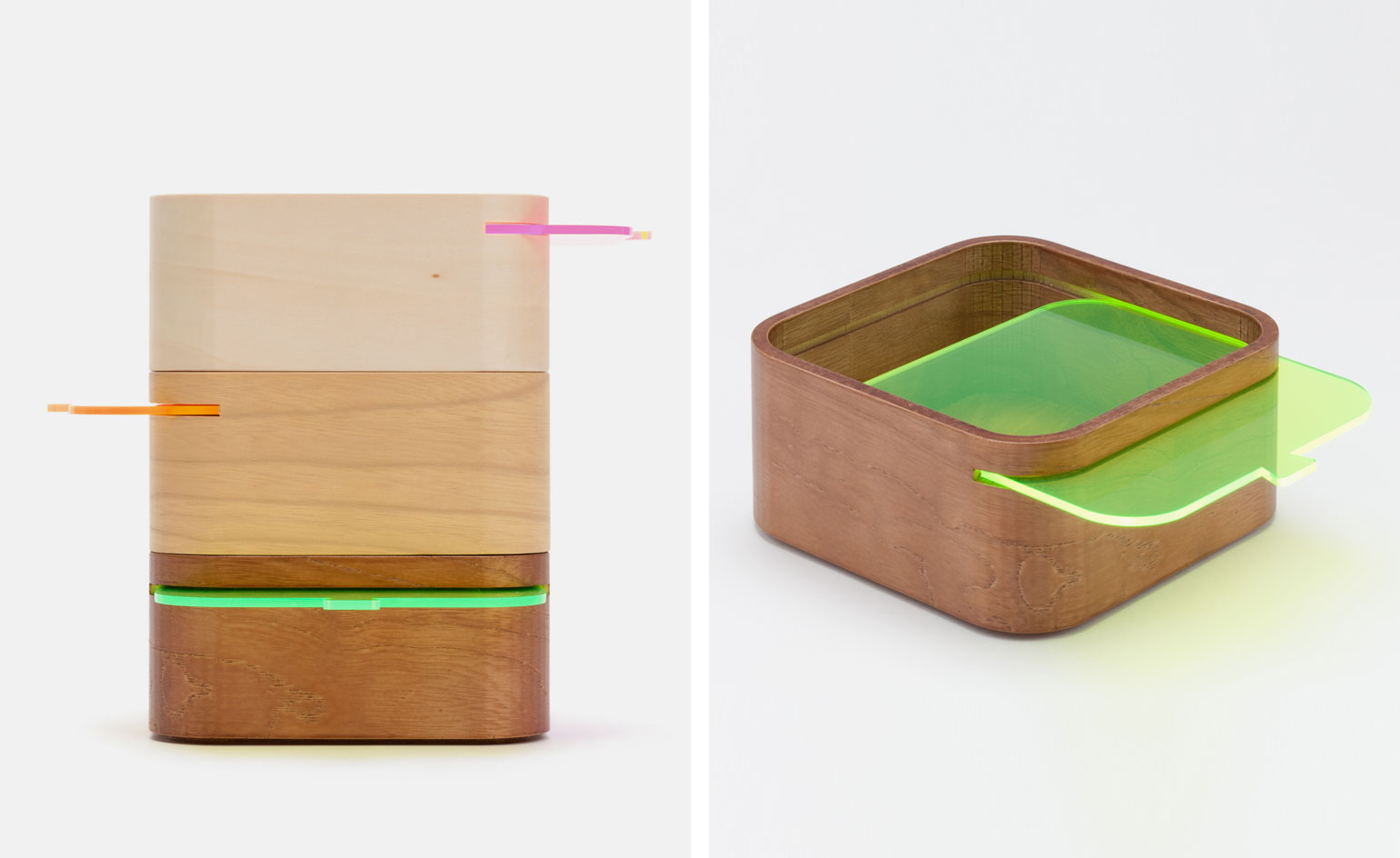
Playful lunch boxes by Takumi Shimamura, from Based on Roots
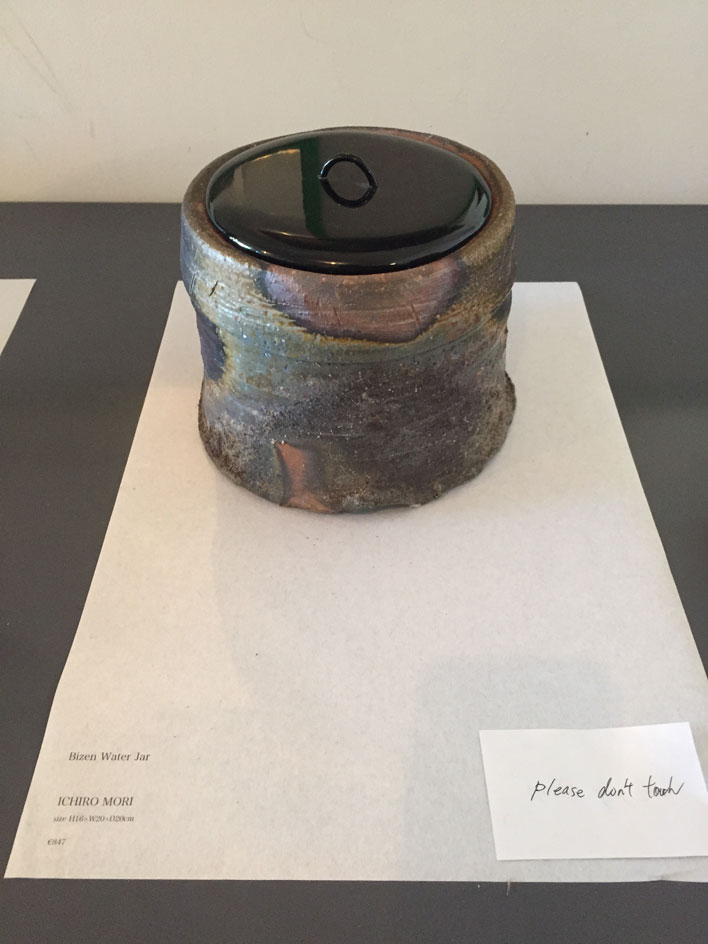
In a special manufacturing process called 'BIZEN-yaki(ware),' designer Ichiro Mori creates his clay pottery using natural glazes and specific kiln temperatures
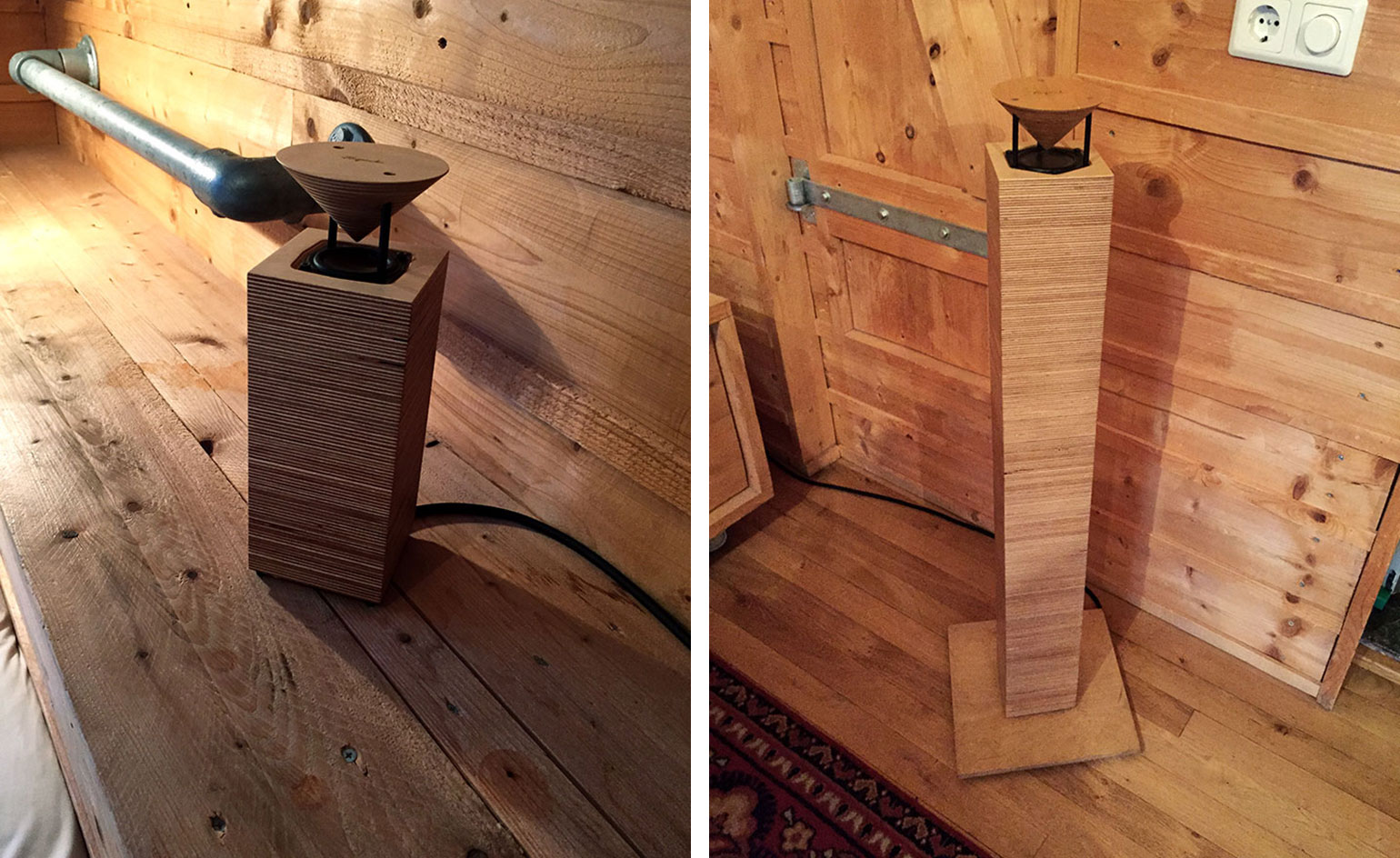
Showing for the first time outside of Tokyo, sound system designer Taguchi Craftec Co presented their ‘Little Bell’ speakers, that create subtle sounds via a layered effect in the wood
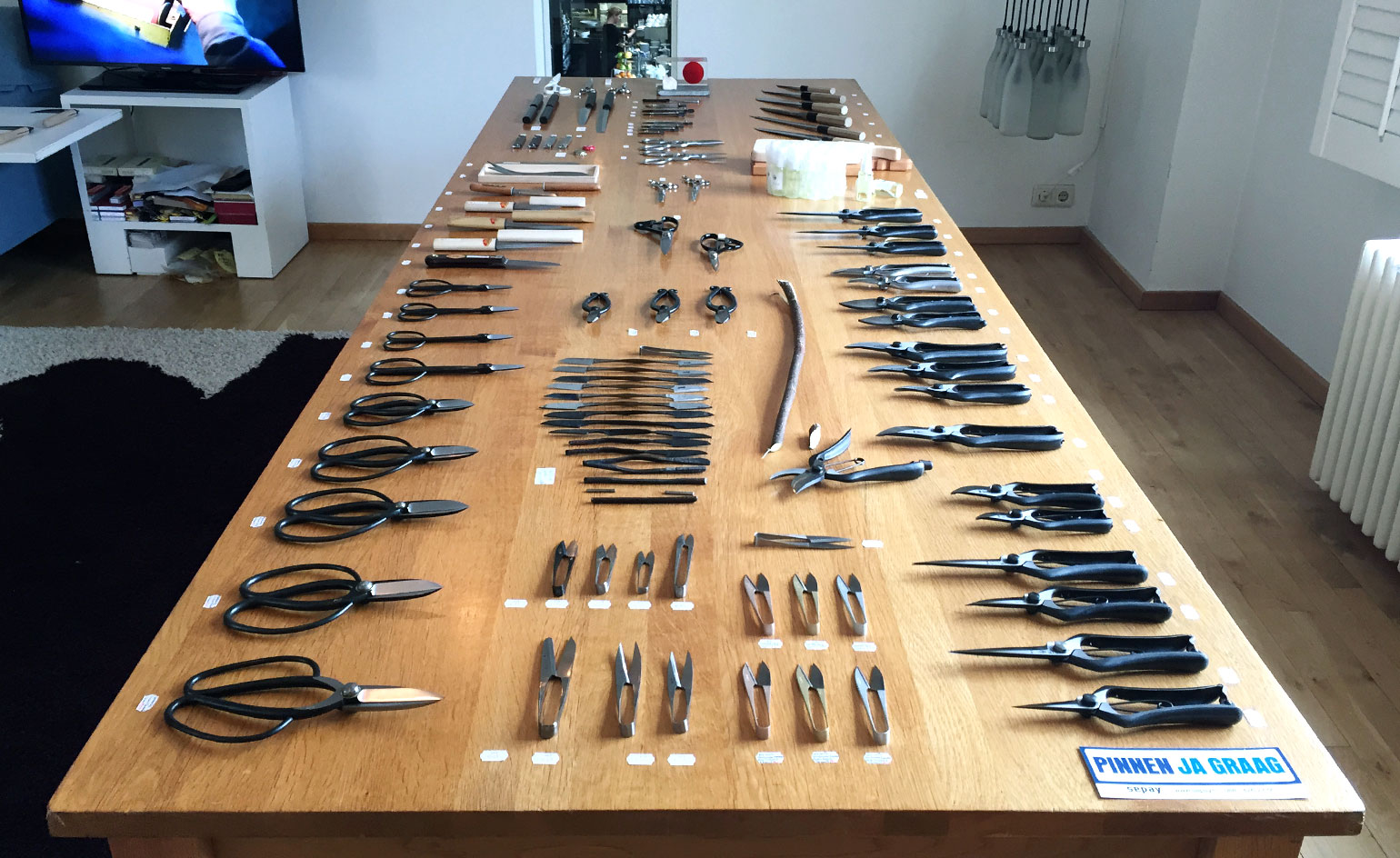
A host of elegant pieces by blacksmith Banshu Hamono, who hosted knife sharpening workshops during the fair
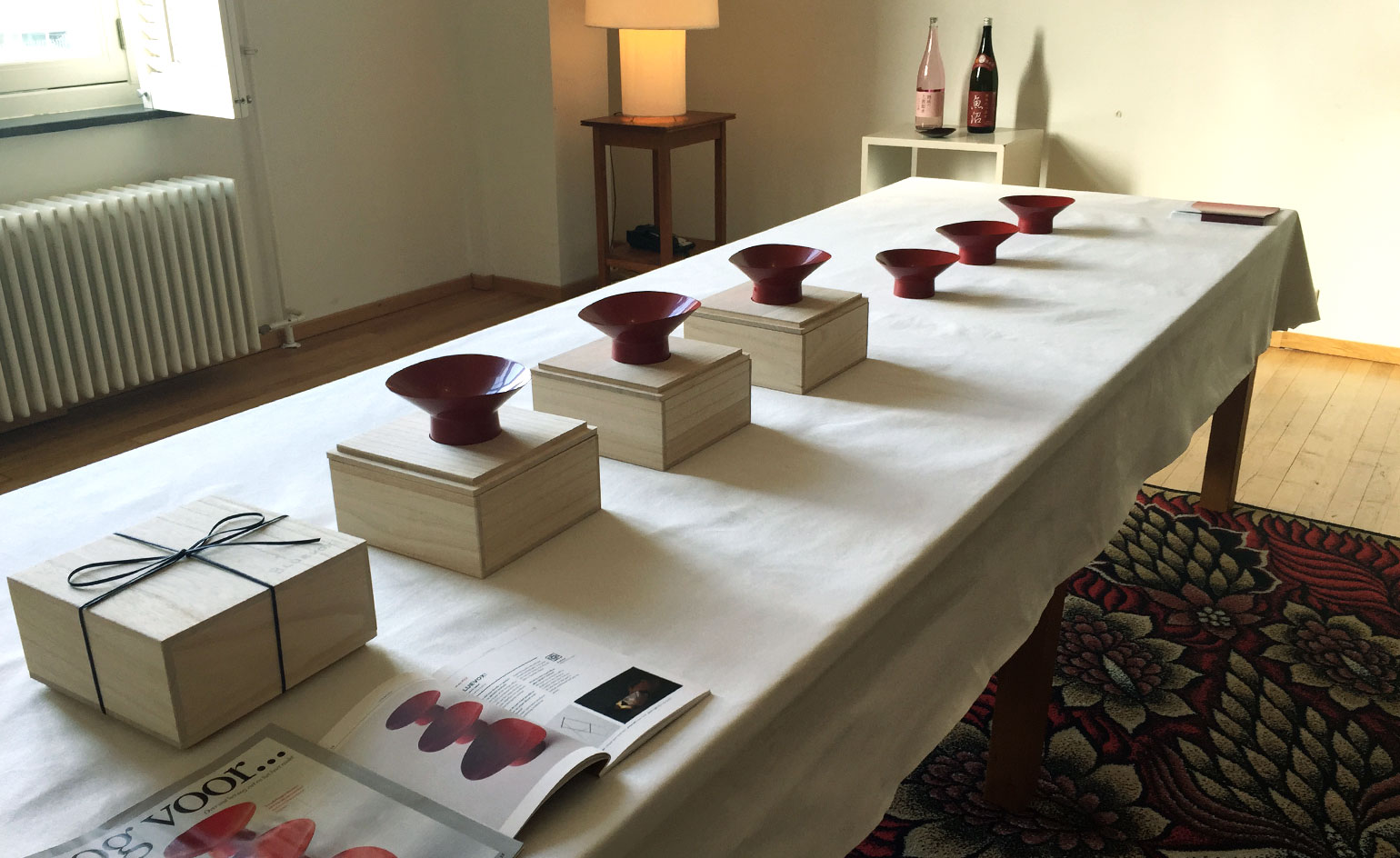
Known for their sculpted lacquer works, Bluevox! presented their 'Shizuku' bowls
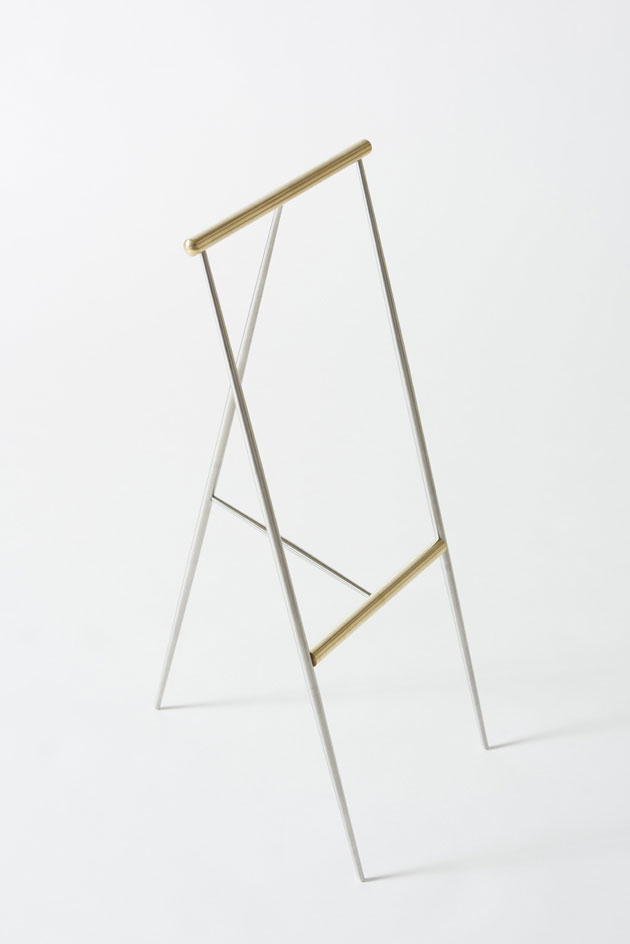
Also on show by Bluevox! was a minimalist stool by Gaku Takasu
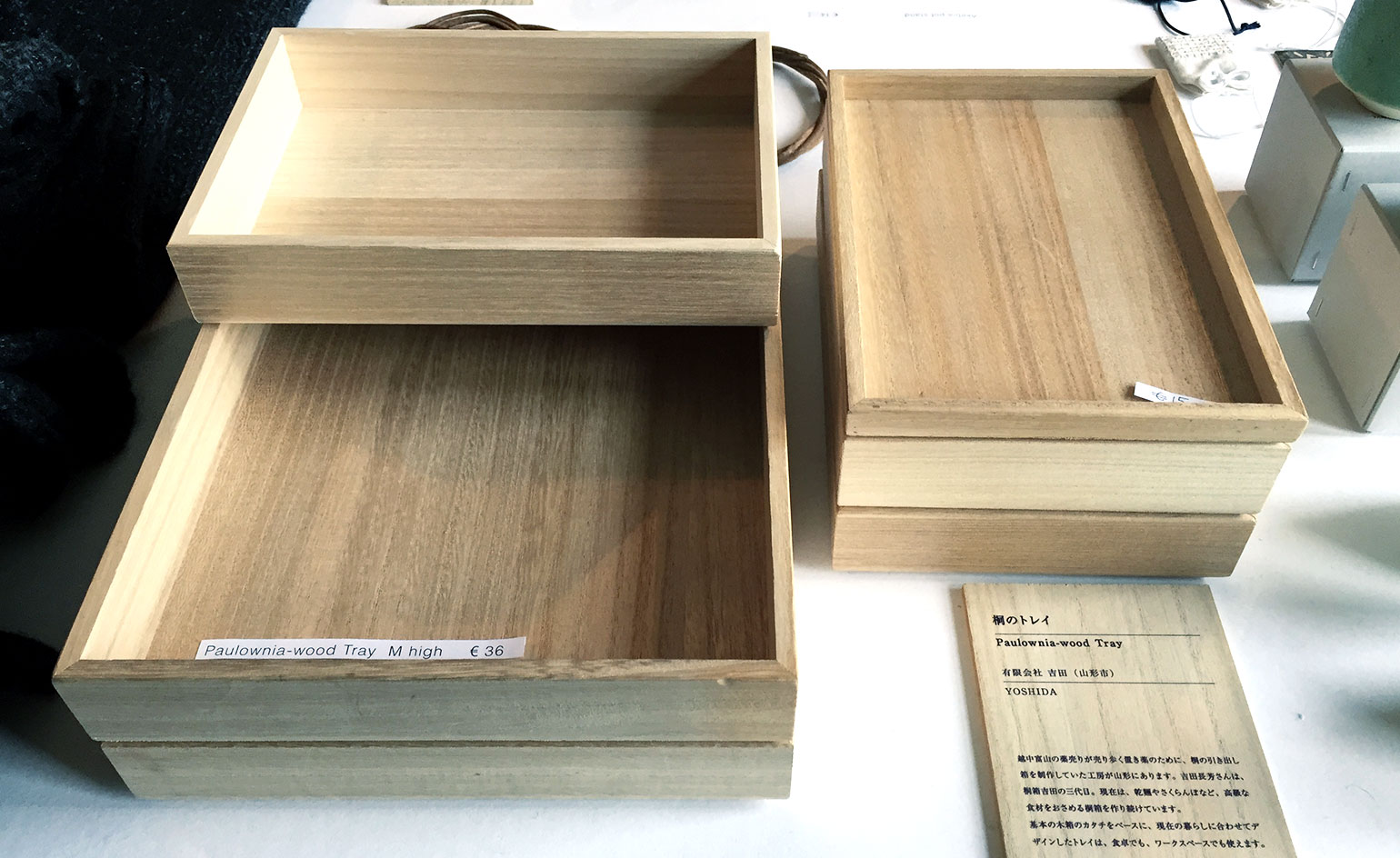
INFORMATION
For more information, visit Mono Japan’s website
Wallpaper* Newsletter
Receive our daily digest of inspiration, escapism and design stories from around the world direct to your inbox.
Sujata Burman is a writer and editor based in London, specialising in design and culture. She was Digital Design Editor at Wallpaper* before moving to her current role of Head of Content at London Design Festival and London Design Biennale where she is expanding the content offering of the showcases. Over the past decade, Sujata has written for global design and culture publications, and has been a speaker, moderator and judge for institutions and brands including RIBA, D&AD, Design Museum and Design Miami/. In 2019, she co-authored her first book, An Opinionated Guide to London Architecture, published by Hoxton Mini Press, which was driven by her aim to make the fields of design and architecture accessible to wider audiences.
-
 All-In is the Paris-based label making full-force fashion for main character dressing
All-In is the Paris-based label making full-force fashion for main character dressingPart of our monthly Uprising series, Wallpaper* meets Benjamin Barron and Bror August Vestbø of All-In, the LVMH Prize-nominated label which bases its collections on a riotous cast of characters – real and imagined
By Orla Brennan
-
 Maserati joins forces with Giorgetti for a turbo-charged relationship
Maserati joins forces with Giorgetti for a turbo-charged relationshipAnnouncing their marriage during Milan Design Week, the brands unveiled a collection, a car and a long term commitment
By Hugo Macdonald
-
 Through an innovative new training program, Poltrona Frau aims to safeguard Italian craft
Through an innovative new training program, Poltrona Frau aims to safeguard Italian craftThe heritage furniture manufacturer is training a new generation of leather artisans
By Cristina Kiran Piotti
-
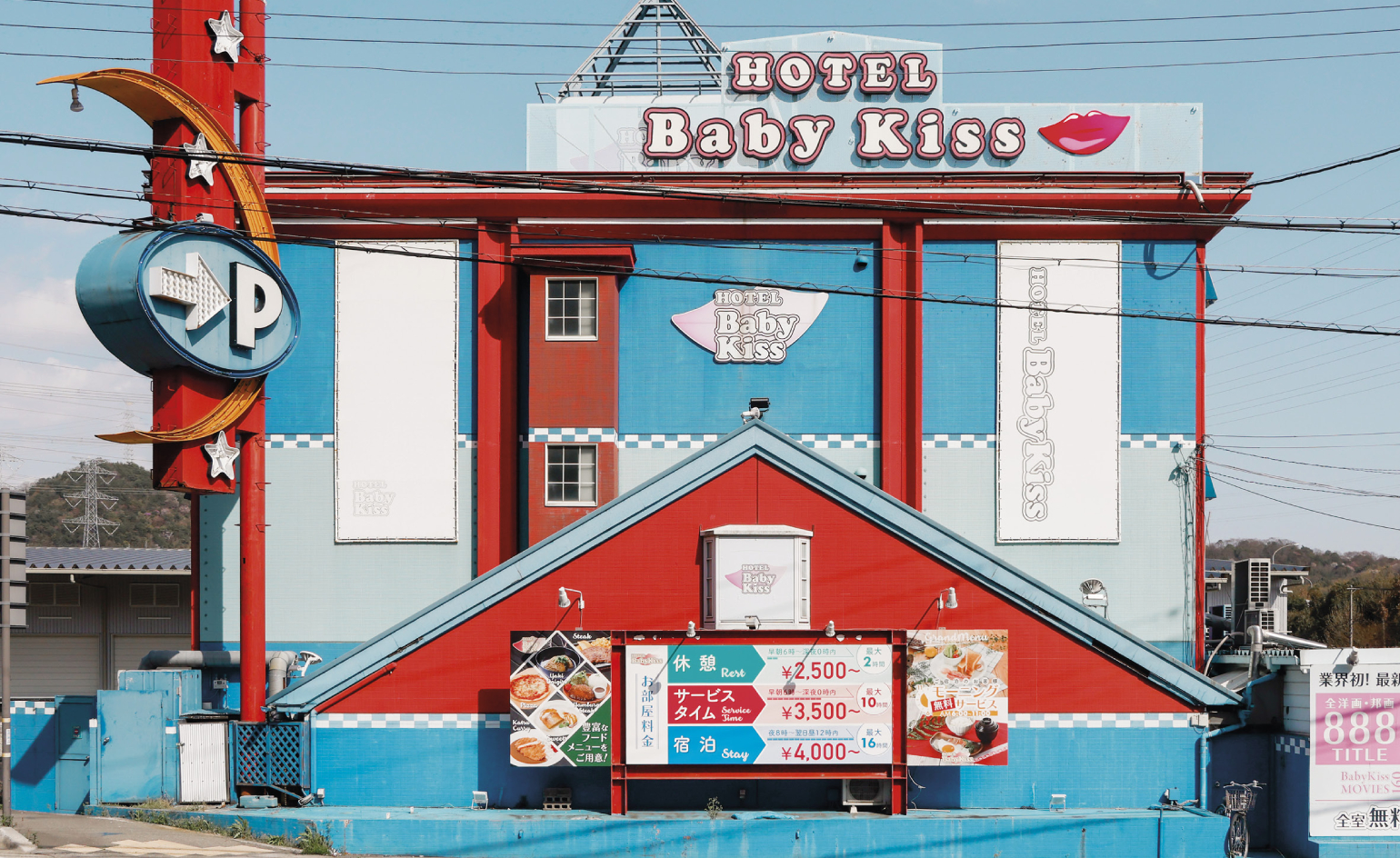 A new book captures the kitschy allure of Japanese ‘love hotels’
A new book captures the kitschy allure of Japanese ‘love hotels’For his latest project, French photographer François Prost documents the whimsical façades that characterise these erotic roadside venues.
By Sofia de la Cruz
-
 All aboard the world’s most luxurious train journeys
All aboard the world’s most luxurious train journeysStay on track with our pick of the most luxurious train journeys around the world, whether in 1920s-style opulence or contemporary chic
By Tianna Williams
-
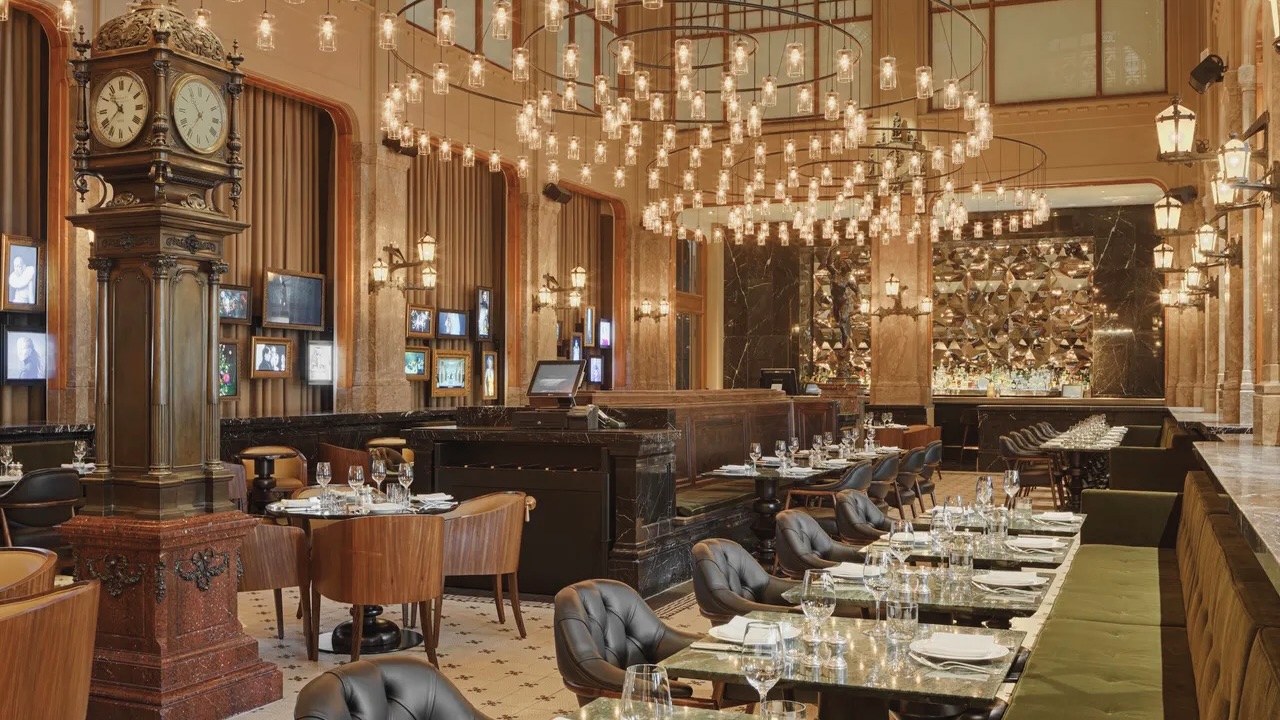 The Amsterdam to London Eurostar route has reopened – here’s where to stay, eat and drink in the Dutch capital
The Amsterdam to London Eurostar route has reopened – here’s where to stay, eat and drink in the Dutch capitalPassengers can now travel between the cities without having to stop off in Brussels, which makes it the perfect time to check out Wallpaper’s favourite spots in Amsterdam
By Anna Solomon
-
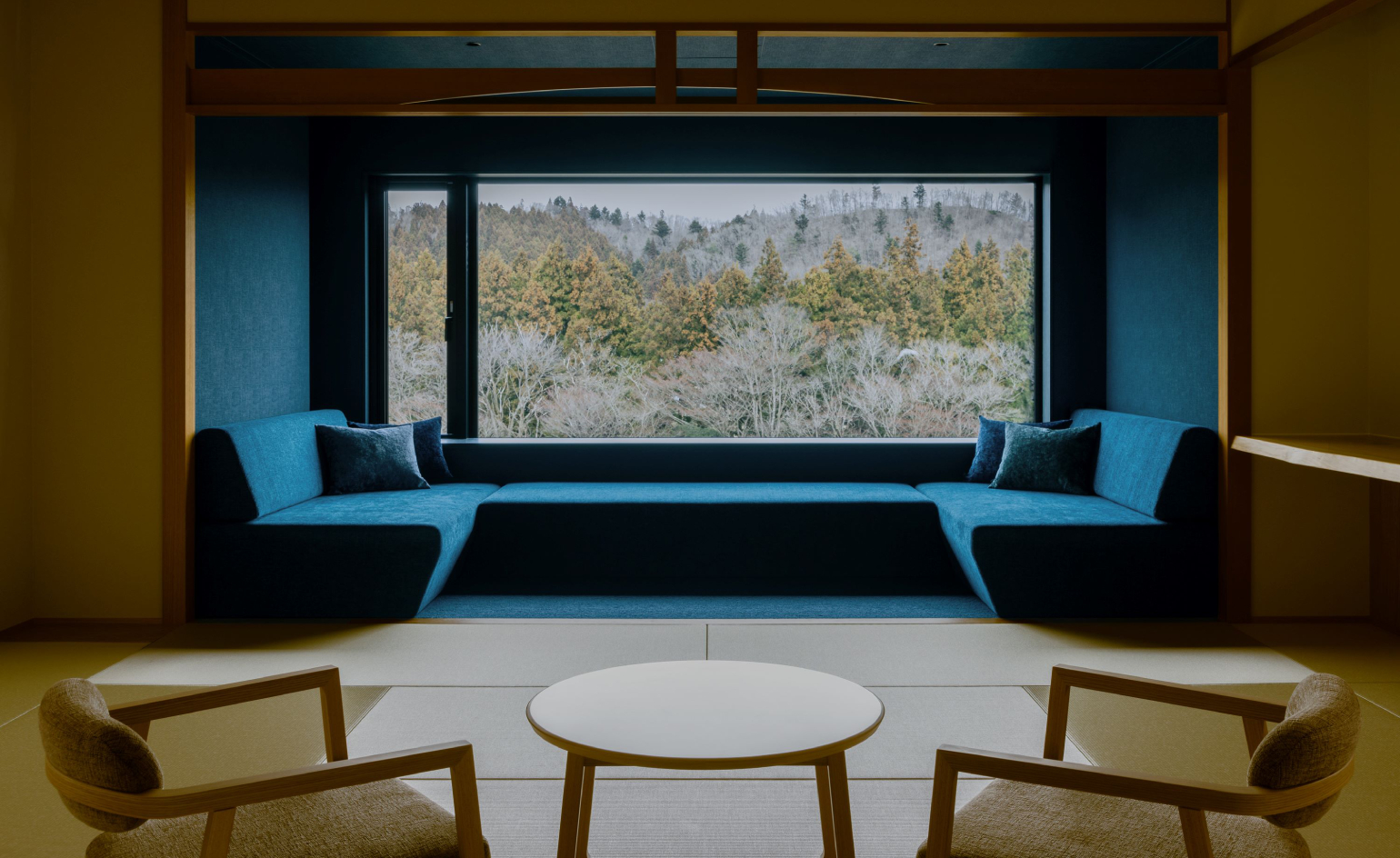 Wallpaper* checks in at Hoshino Resorts KAI Akiu: a soothing onsen hotel
Wallpaper* checks in at Hoshino Resorts KAI Akiu: a soothing onsen hotelIn Japan’s bucolic northeast, Hoshino Resorts KAI Akiu breathes new life into a sleepy hot spring village without betraying its ancient roots
By Eric Millman
-
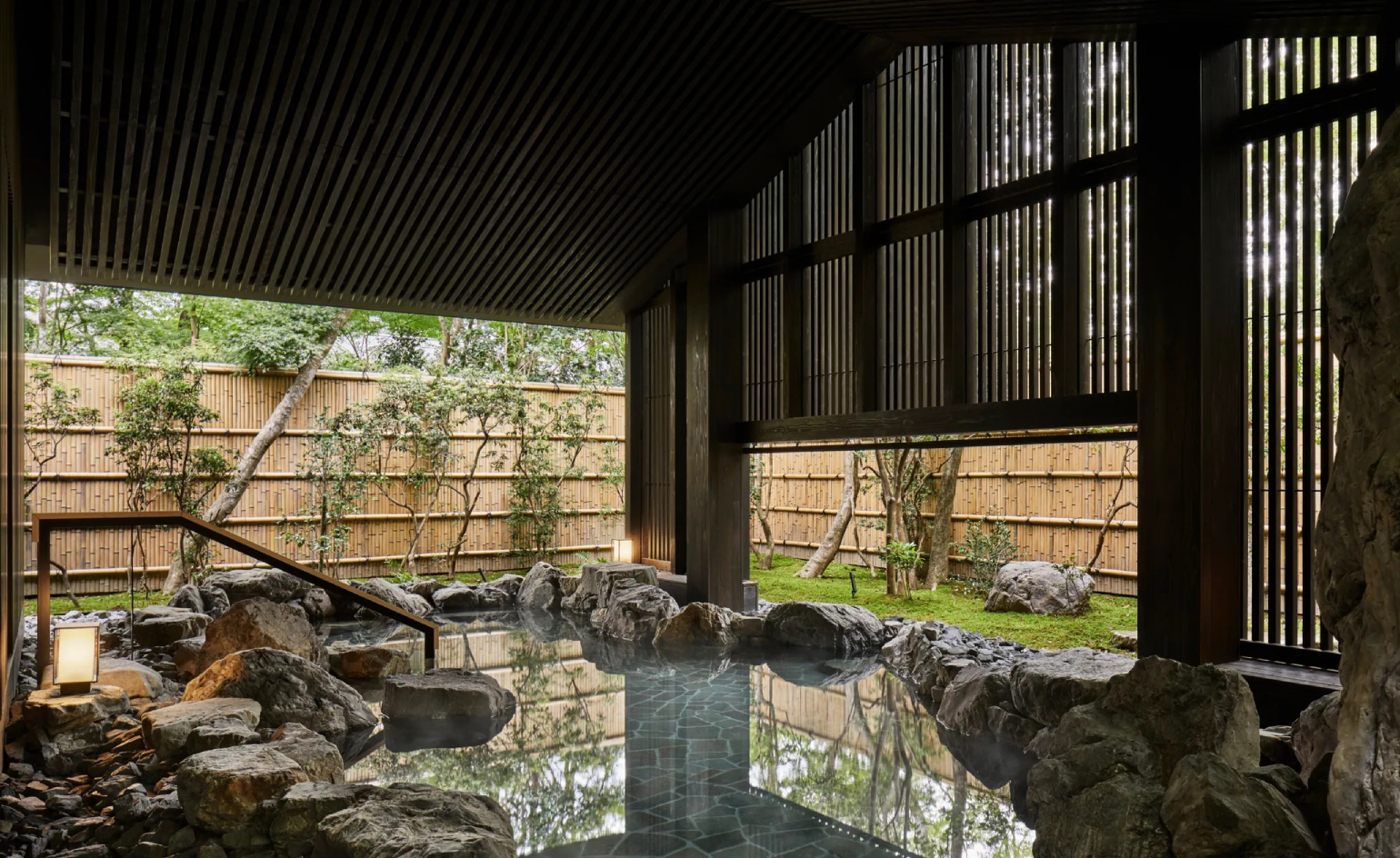 Shake off the winter chill at these design-led onsen hotels in Japan
Shake off the winter chill at these design-led onsen hotels in JapanWhether you’re heading to the mountains of Hokkaido or the alleys of Kyoto’s Gion district, these immaculately designed onsen hotels will keep the shivers at bay
By Jen Paolini
-
 The new hotels you’ll want to stay at in 2025
The new hotels you’ll want to stay at in 2025Where to stay in 2025? Let six of the most-read-about hotel openings of the past 12 months inspire your escape – from a tiny Tokyo bolthole to a Tanzanian safari retreat
By Sofia de la Cruz
-
 2025 getaways: where Wallpaper* editors will be travelling to this year
2025 getaways: where Wallpaper* editors will be travelling to this yearFrom the Japanese art islands of Naoshima and Teshima to the Malaysian tropical paradise of Langkawi, here’s where Wallpaper* editors plan to travel to in 2025
By Sofia de la Cruz
-
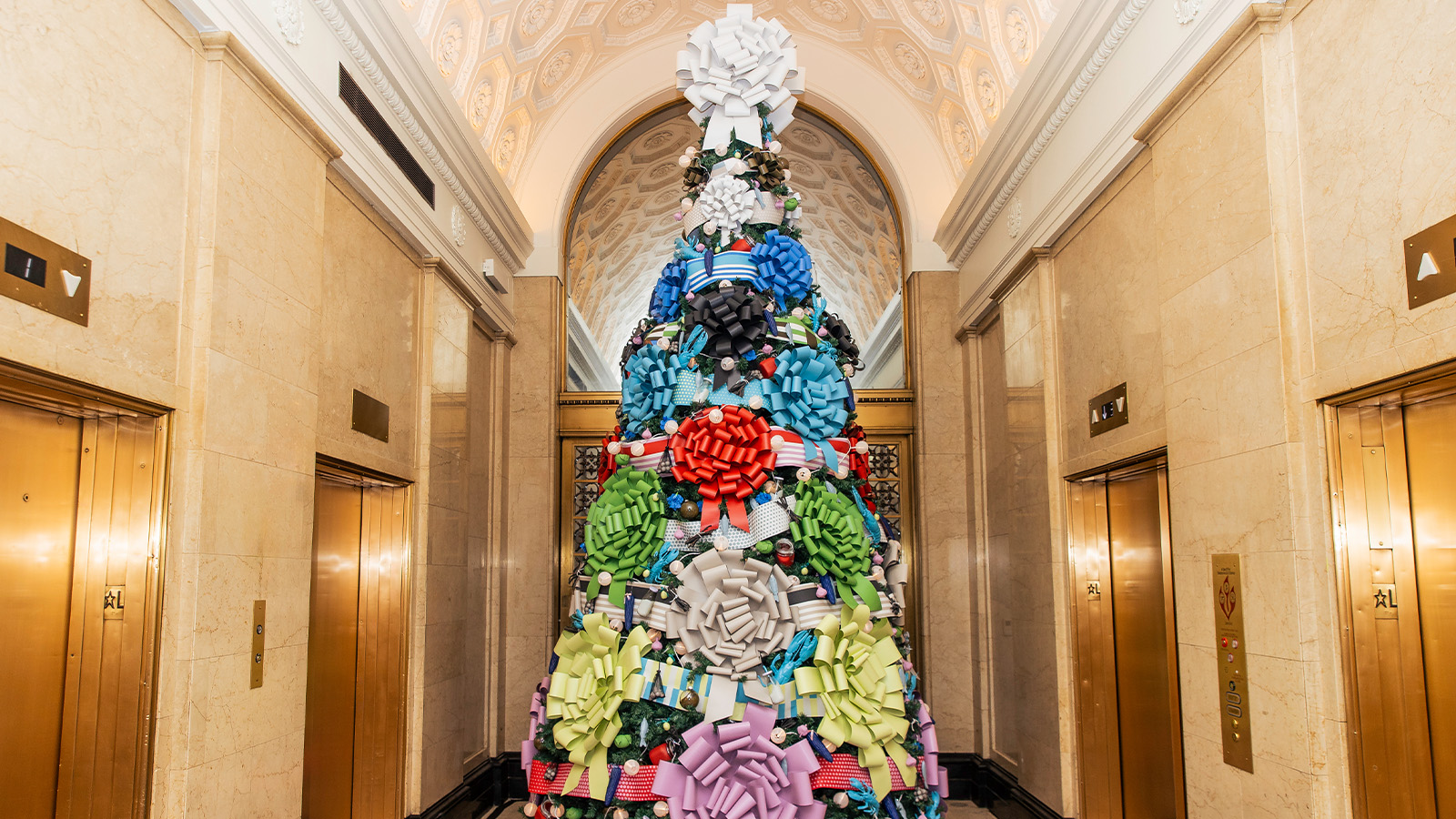 The most whimsical hotel Christmas trees around the world
The most whimsical hotel Christmas trees around the worldWe round up the best hotel Christmas tree collaborations of the year, from an abstract take in Madrid to a heritage-rooted installation in Amsterdam
By Tianna Williams